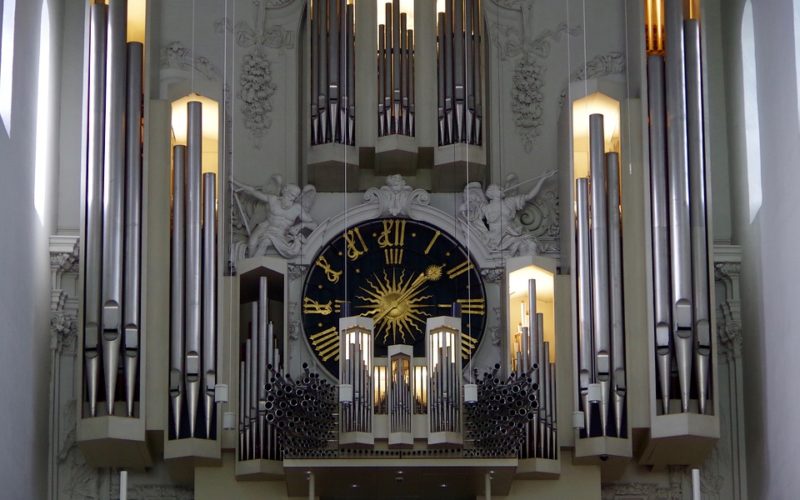With the advent of radio programs, being able to attend a religious ceremony started becoming something that could be done at home. Television accelerated the trend, and today there are podcasts and videos on the internet. All of these factors have made modern electronic worship possible, and they have changed the ability of any one religious institution to completely control their members. This lack of control might seem to be bad, but it is a good way to help those who disagree with some of the religious tenets to find their own way to worship and believe.
Control has often been an unstated but important aspect of many religious institutions, and retaining used to be much easier. Many religions worked from the top of society down, and their ability to help control those with little or no education garnered them the support of governments. While it was an excellent tool in former centuries, people today have much more education. Controlling them must be subtle, and controlling their governments is often frowned upon by parishioners.
The idea that a person never needs to attend an actual worship service might be difficult, but there are many today who have elected to attend only a few services each year. They have found that simply turning on and tuning in is much more convenient, and they do not need to get dressed up or drive. Their feelings on the matter have limited the number of the faithful attending worship services, but the messages contained in them can still be spread throughout the congregation.
While the past was a time when controlling large populations by any means necessary, modern religious institutions are more pacific. Most of them do have basic rules and models of behavior for their congregants to follow, but they do realize that having iron control over all their behavior is no longer a possibility.








